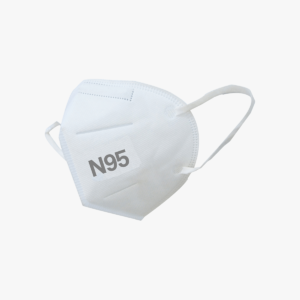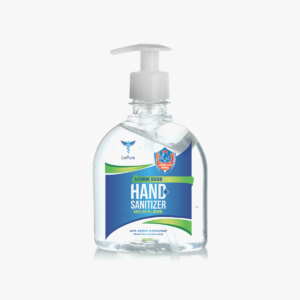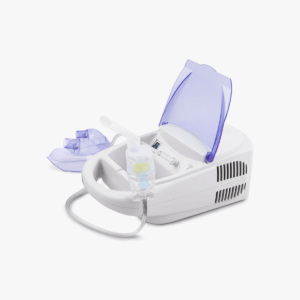OMNIPAQUE ™ (iohexol) injection is a nonionic, x-ray or radiographic contrast medium for intrathecal, intravenous, oral, rectal and body cavity use.
Iohexol (radiopaque) Uses:
-
Imaging: Adults:
-
Intrathecal:
- Iohexol 180, 240, and 300: contrast enhancement for CT (myelography, cisternography, ventriculography), and Myelography (lumbar, thoracic, cervical, and total columnar)
-
Intravascular:
-
Iohexol 140:
- Intra-arterial digital subtraction angiography of head, neck, abdominal, renal, and peripheral vessels
-
Iohexol 240:
- Contrast enhancement for CT head imaging and peripheral venography (phlebography)
-
Iohexol 300:
- for Aortography (including studies of the arch of aorta, abdominal aorta, and its branches], contrast enhancement for CT head and body, peripheral venography i.e phlebography, cerebral arteriography, and excretory urography
-
Iohexol 350:
- Angiocardiography (ventriculography, selective coronary arteriography), contrast enhancement for CT head and body, aortography (including studies of the root of the aorta, arch of aorta, ascending aorta, abdominal aorta [and branches]), intravenous digital subtraction angiography of head, neck, abdominal renal and peripheral vessels, peripheral arteriography, and excretory urography
-
Iohexol 300 (bulk) and 350 (bulk):
- Contrast enhancement for CT head and body imaging (for IV administration with an appropriate automated contrast injection system, contrast management system, or contrast media transfer set)
-
-
Oral:
-
Iohexol 350:
- Oral radiography examination of the gastrointestinal tract
-
-
Oral in conjunction with IV administration:
-
Iohexol 240, 300, and 350 (diluted; oral) and Iohexol 300 (IV):
- Contrast-enhanced abdomen CT
-
Iohexol (oral solution 9 and 12) and Iohexol 300 (IV):
- Contrast-enhanced abdomen CT
-
-
Intraarticular:
- Iohexol 240, 300, and 350: Arthrography
-
Body cavity:
-
Iohexol 240:
- Endoscopic retrograde pancreatography (ERP) and cholangiopancreatography (ERCP), herniography, and hysterosalpingography
-
Iohexol 300:
- Hysterosalpingography
-
-
Oral:
-
Iohexol (Oraltag):
- Contrast enhancement for CT abdomen and pelvis imaging to opacify bowel loops and delineate between normal loops and adjacent organs or areas of suspected pathology
-
- Limitations of use:
- Oraltag is not indicated for diagnostic examination of the GI tract.
-
-
Imaging: Pediatrics:
-
Intrathecal:
-
Iohexol 180:
- Myelography (lumbar, thoracic, cervical, and total columnar), and contrast enhancement for CT (myelography, cisternography)
-
- Intravascular:
-
Iohexol 240:
- Contrast enhancement for CT head and body imaging
-
Iohexol 300:
- Angiocardiography (ventriculography), contrast enhancement for CT head and body imaging, and excretory urography
-
Iohexol 350:
- Angiocardiography (ventriculography, pulmonary arteriography, venography, and studies of collateral arteries);
- aortography, including the root of aorta, arch of aorta, ascending and descending aorta)
-
Iohexol 300 (bulk):
- Contrast enhancement for CT head and body imaging (for IV administration with an appropriate automated contrast injection system, contrast management system, or contrast media transfer set)
-
-
Oral or rectal:
-
Iohexol 180, 240, and 300:
- Oral and rectal radiographic examination of the gastrointestinal tract
-
-
Oral in conjunction with IV administration:
-
Iohexol 240, 300, and 350 (diluted; oral) and Iohexol 240 or 300 (IV):
- Contrast-enhanced abdomen CT
-
Iohexol (oral solution 9 and 12) and Iohexol 240 or 300 (IV):
- Contrast-enhanced abdomen CT
-
-
Body cavity:
-
Iohexol 240, 300, and 350 (diluted):
- Voiding cystourethrography (VCUG)
-
-
Oral:
-
Iohexol (Oraltag):
- Contrast enhancement for CT abdomen and pelvis imaging to opacify bowel loops and delineate between normal loops and adjacent organs or areas of suspected pathology
-
-
Limitations of use:
- Oraltag is not indicated for diagnostic examination of the GI tract.
-














Reviews
There are no reviews yet.